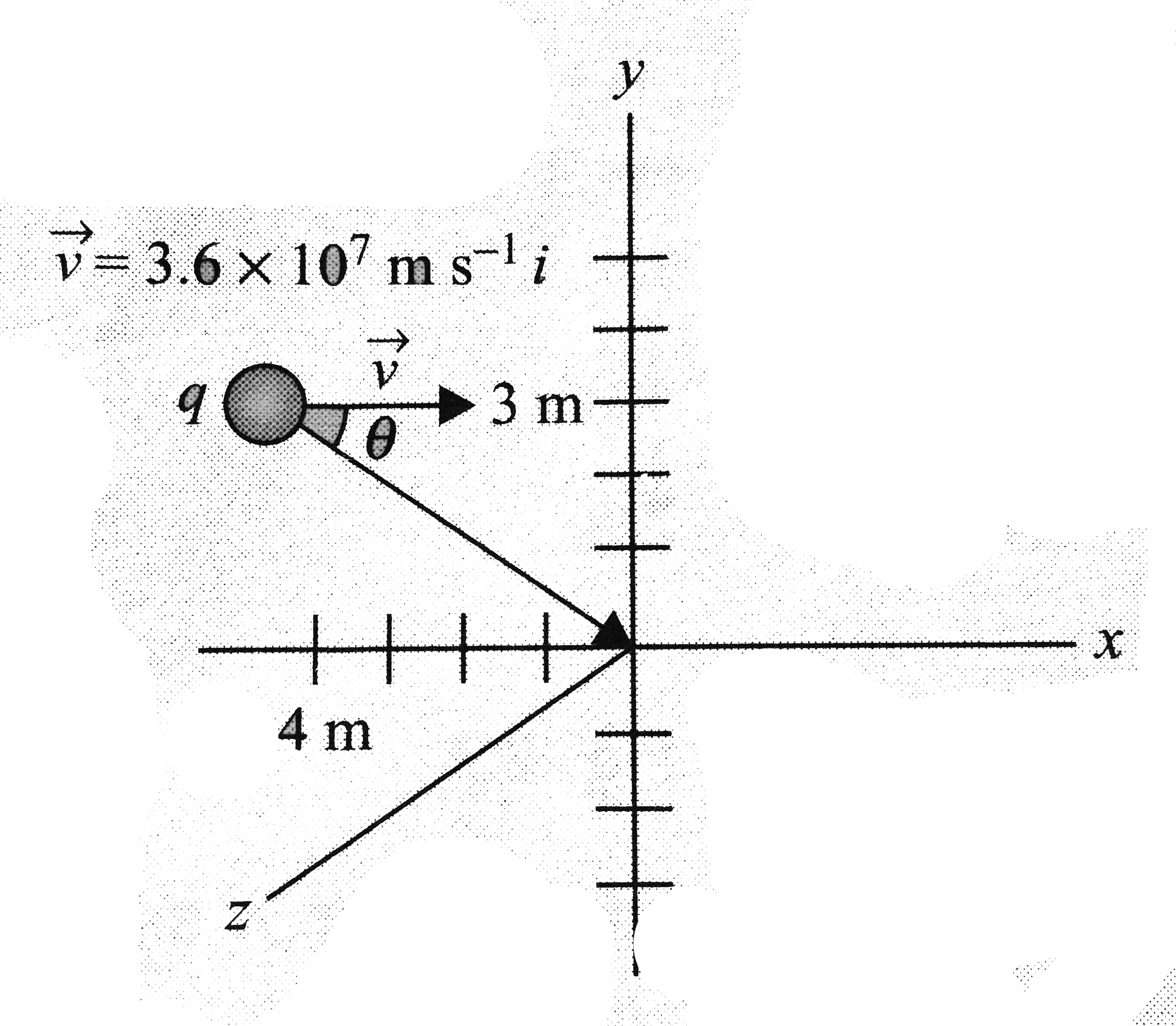Find the area of the region bounded by the line y = 2x, X - axis and ordinate x = 2.
To find the area of the region bounded by the line y=2x, the x-axis, and the ordinate x=2, we can follow these steps:
Step 1: Identify the boundaries of the area
The area is bounded by:
- The line y=2x
- The x-axis (where y=0)
- The vertical line x=2
Step 2: Determine the points of intersection
The line y=2x intersects the x-axis at the origin (0,0). When x=2, we can find the corresponding y-coordinate:
y=2(2)=4
Thus, the points of intersection are (0,0) and (2,4).
Step 3: Set up the integral for the area
The area A can be calculated using the integral of the function y=2x from x=0 to x=2:
A=∫20(2x)dx
Step 4: Compute the integral
We can compute the integral:
A=∫202xdx
First, we can factor out the constant:
A=2∫20xdx
Now, we find the integral of x:
∫xdx=x22
Thus, we have:
A=2(x22)20
Step 5: Evaluate the definite integral
Now we evaluate the limits:
A=2((2)22−(0)22)
Calculating this gives:
A=2(42−0)=2×2=4
Conclusion
The area of the region bounded by the line y=2x, the x-axis, and the ordinate x=2 is 4 square units.
---
The area is bounded by:
- The line y=2x
- The x-axis (where y=0)
- The vertical line x=2
The line y=2x intersects the x-axis at the origin (0,0). When x=2, we can find the corresponding y-coordinate:
y=2(2)=4
Thus, the points of intersection are (0,0) and (2,4).
The area A can be calculated using the integral of the function y=2x from x=0 to x=2:
A=∫20(2x)dx
We can compute the integral:
A=∫202xdx
First, we can factor out the constant:
A=2∫20xdx
Now, we find the integral of x:
∫xdx=x22
Thus, we have:
A=2(x22)20
Now we evaluate the limits:
A=2((2)22−(0)22)
Calculating this gives:
A=2(42−0)=2×2=4
The area of the region bounded by the line y=2x, the x-axis, and the ordinate x=2 is 4 square units.
Topper's Solved these Questions
- APPLICATIONS OF INTEGRALSBOOK - NAGEEN PRAKASHAN ENGLISHCHAPTER - APPLICATIONS OF INTEGRALSEXERCISE - Exercise 8a
28 Videos
- APPLICATIONS OF INTEGRALSBOOK - NAGEEN PRAKASHAN ENGLISHCHAPTER - APPLICATIONS OF INTEGRALSEXERCISE - Exercise 8 B Multiple Choice Questions
10 Videos
- APPLICATIONS OF DERIVATIVESBOOK - NAGEEN PRAKASHAN ENGLISHCHAPTER - APPLICATIONS OF DERIVATIVESEXERCISE - Miscellaneous Exercise
24 Videos
- Continuity and DifferentiabilityBOOK - NAGEEN PRAKASHAN ENGLISHCHAPTER - Continuity and DifferentiabilityEXERCISE - Miscellaneous Exercise
23 Videos
Similar Questions
Using intergration, find the area of the region bounded by the line y=mx, X-axis and x=2.
View SolutionA point chanrge of magnitude q=4.5nC is moving with speed v=3.6×107ms−1 parallel to the x-axis along the line y=3m. Find the magnetic field at the origin produced by this charge when the charge is at the point x=−4m, y=3m, as shown in Fig.

View SolutionUsing integration, find the area of the region bounded by the line 2y=5x+7 , X-axis and the line x = 2 and x = 8.
View SolutionUsing integration, find the area of the region bounded by the line 2y=5x+7, x-axis and the lines x = 2 and x = 8.
View SolutionUsing integration, find the area of the region bounded by the line 2y+x=8, the x-axis and the lines x=2 and x=4.
View SolutionUsing integration, find the area of the region bounded by the line y−1=x,thex-a xi sandtheordinates x=-2 and x=3.
View SolutionFind the area of the region bounded by y=[x], the X-axis and the ordinates x = 1, x = 2
View SolutionUsing integration, find the area of the region bounded by the line 2y=−x+8,x-axis is and the lines x=2 and x=4.
View SolutionThe area of the region bounded by the curve y=x3, X-axis and the ordinates x = 1, x = 4 is
View SolutionFind the area of the region bounded by y=sinx,y=cosx and ordinates x=0,x=π/2.
View Solution
